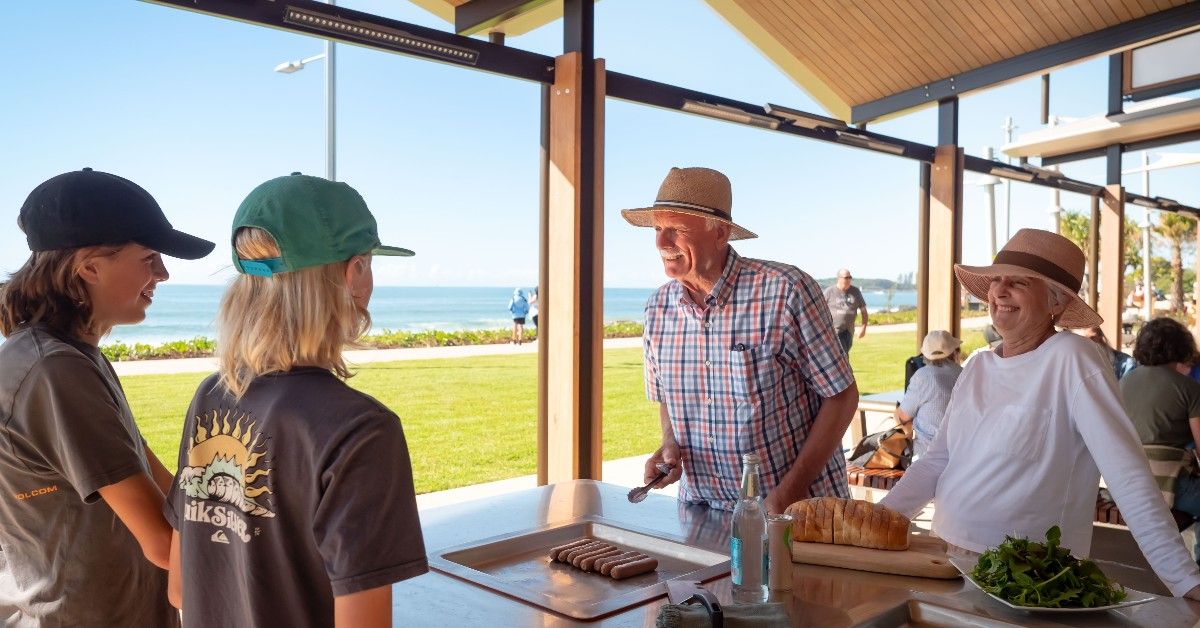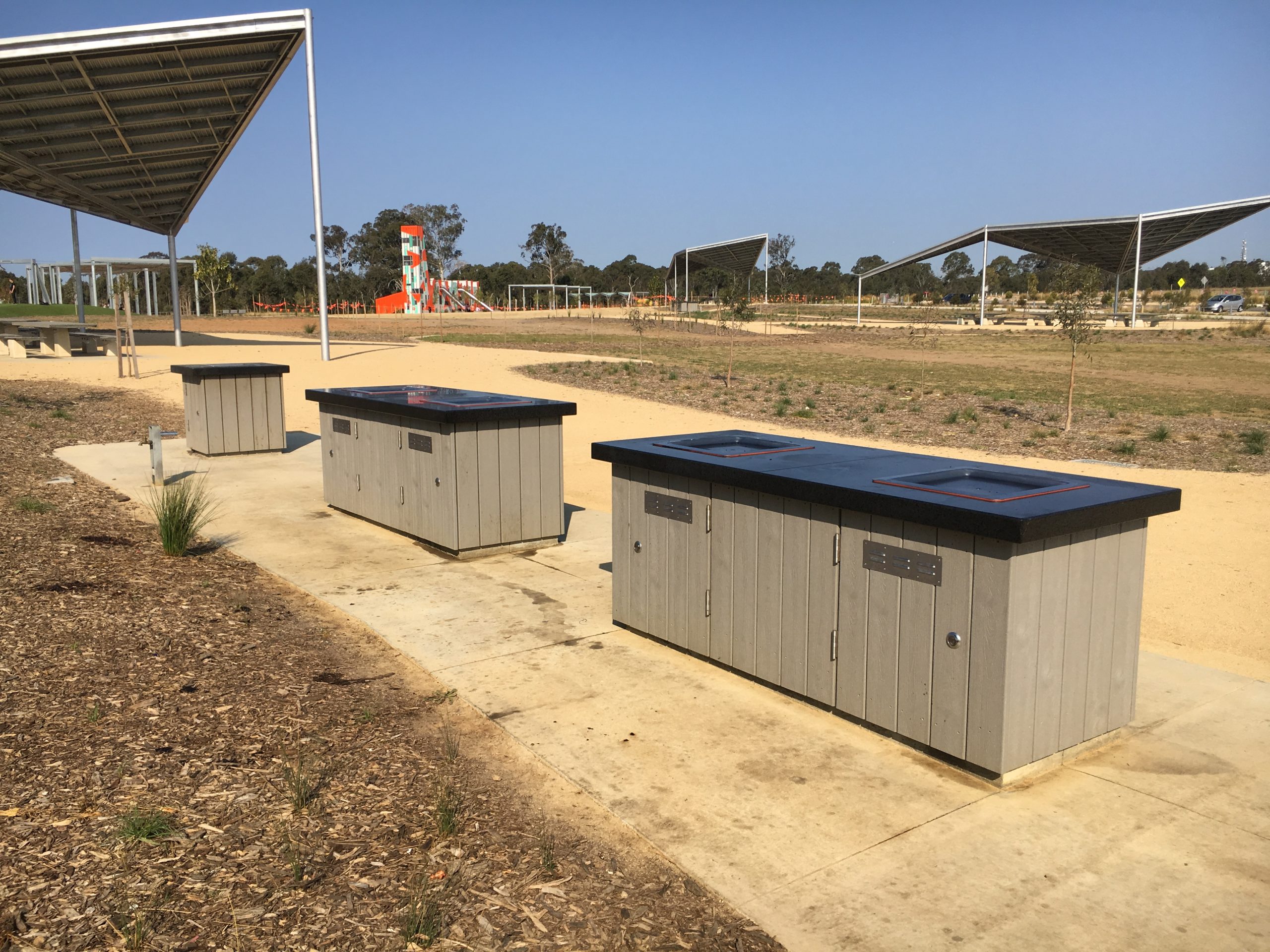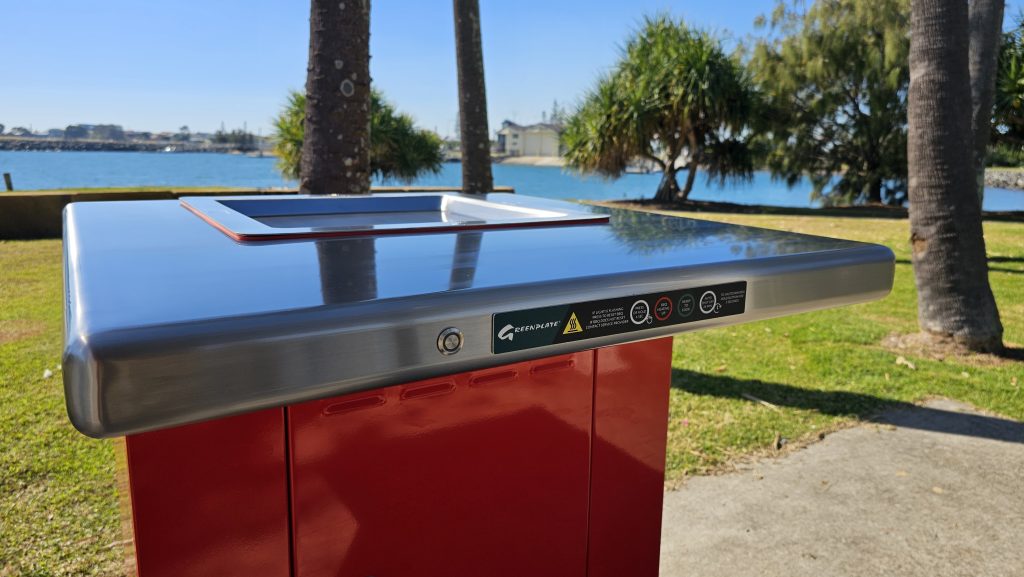The Benefits of Electric BBQs in Public Parks
In today’s urban landscape, the role of public parks extends far beyond being mere green spaces. They are the heartbeat of communities, fostering social interaction, promoting physical health, and enhancing the quality of urban life. As architects, designers, and specifiers for local governments and councils, the responsibility of crafting quality inclusive, vibrant environments is crucial to benefiting the community for years to come. One of the most innovative and impactful ways to elevate these communal spaces is through the integration of electric BBQs.
The Rise of Electric BBQs in Public Parks
Electric BBQs have become a transformative feature in parks across the globe. Their rise in popularity is driven by several compelling factors:
- Sustainability and Environmental Impact:
- Unlike traditional gas or charcoal BBQs, electric BBQs have a significantly lower carbon footprint. They eliminate harmful emissions and reduce pollution, aligning with the increasing demand for sustainable public amenities.
- Greenplate BBQs, for instance, are designed with energy efficiency at their core, even in some instances powered by renewable energy sources, further enhancing their environmental credentials.
- Safety and Ease of Use:
- Safety is paramount in public settings. Electric BBQs minimize risks associated with open flames and gas leaks, providing a safer environment for users of all ages.
- Their user-friendly design ensures accessibility for everyone, including disability access. Simple push-button operations and temperature controls make them convenient for both novice and experienced users.
- Cost-Effectiveness and Maintenance:
- Electric BBQs are not only cost-effective in terms of installation but also in maintenance. They require less frequent upkeep compared to their gas and charcoal counterparts.
- With features like easy to clean surfaces and durable materials, electric BBQs offer long-term savings for councils managing public parks.
Enhancing Community Engagement Through Electric BBQs
Public BBQs are more than just cooking stations; they are social catalysts that bring communities together. Here’s how they contribute to the vibrancy of public parks:
- Encouraging Social Interaction:
- BBQ areas act as communal hubs where families, friends, and even strangers come together. They provide a casual setting for socializing, sharing meals, and creating lasting memories.
- These spaces foster inclusivity and strengthen community bonds, which is essential in today’s fast-paced, often fragmented lifestyle.
- Promoting Outdoor Activities:
- The presence of BBQ facilities encourages people to spend more time outdoors, engaging in activities like picnicking, sports, and leisure walks.
- By providing these amenities, parks become attractive destinations for a variety of recreational activities, promoting healthier lifestyles.
- Supporting Local Economies:
- Well-utilized public spaces with amenities like BBQs can drive local economic benefits. They attract visitors, which boosts local businesses and can even lead to increased property values in surrounding areas.
- Events centred around BBQs, such as community cook-offs or food events, can further enhance the economic vitality of a region.
Designing for the Future: Key Considerations
For architects, designers, and specifiers, integrating electric BBQs into public parks involves thoughtful planning and design. Here are some key considerations:
- Site Selection and Layout:
- Choose locations that are easily accessible and have ample space for groups to gather without causing congestion.
- Consider the proximity to other amenities such as seating, playgrounds, and restrooms to enhance the user experience.
- Infrastructure and Energy Supply:
- Ensure the site has adequate electrical infrastructure to support the BBQ units. Opt for energy-efficient models that align with the park’s sustainability goals.
- Explore the potential for incorporating solar panels or other renewable energy sources to power the BBQs, reducing operational costs and environmental impact.
- User Experience and Accessibility:
- Design BBQ areas that cater to diverse user needs, including accessible pathways and cooking stations for people with disabilities.
- Provide clear signage and instructions to guide users on how to operate the BBQs safely and efficiently.
Conclusion
The integration of electric BBQs in public parks is a forward-thinking approach that aligns with modern urban development goals. For local governments and councils, investing in these amenities means creating more inclusive, vibrant, and sustainable community spaces. As architects and designers, your role in shaping these environments is crucial. By embracing the benefits of electric BBQs, you contribute to the wellbeing of communities, fostering social connections and enhancing the overall quality of life in urban areas.




